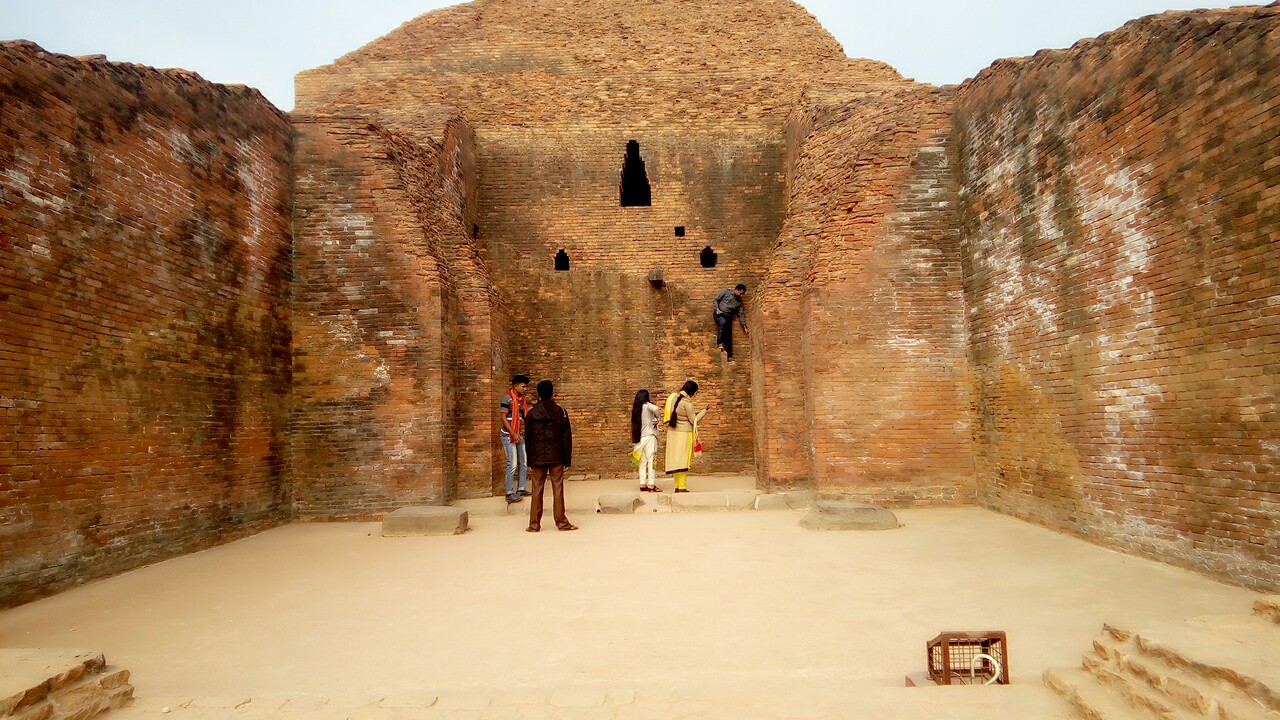Somapura Mahavihara Buddhist monastic, Bangladesh

Address
Somapura Mahavihara Buddhist monastic Naogaon, Bangladesh
Diety
Mahavihara
Introduction
Somapura Mahavihara was one of the most famous Buddhist monastic institutions of ancient Bengal. The excavated monastic complex at Parharpur has been identified with the Somapura Mahavihara built by the second Pala king Dharmapala (c 781-821 AD). Some clay seals from the ruins bear the inscription Shri-Somapure-Shri-Dharmapaladeva-Mahavihariyarya-bhiksu-sangghasya. Taranatha and other Tibetan sources mention that devapala built it after his conquest of varendra. Possibly what Dharmapala undertook may have received finishing touches during the reign of his successor Devapala. The Pala rulers were devout Buddhists and they founded a number of monasteries throughout their growing empire. Some of them became great centres of learning and their reputation quickly spread throughout the length and breadth of Asia. Somapura Mahavihara’s close relationship with the ruling dynasty implied that it shared the political ups and downs of its benefactors.
Puranic Significance
While Buddhism was disappearing in India in the 13th century, its last flourishing region was Bengal, which was composed of current Bangladesh and West Bengal in India. The Vicramashila Mahavihara in Antichak, West Bengal, probably the largest monastery, was demolished, while the Somapura Mahavihara in Paharpur, Bangladesh, constructed by King Dharmapala, is in a relatively well-preserved state as historical remains. In the Somapura once stood a tower-like great temple (stupa) at the center of the huge square precincts of side 300 meters, encircled with a number of monk cells as many as 177. It is open to four cardinal points, enshrining each a statue of Buddha, that is, the form of a ‘Chaturmukha’ (four-faced) Temple, but we cannot know its original upper shape as it collapsed long ago. The Stupa, monk cells, and all other buildings were made of brick and their main surfaces were embellished with carved terra-cotta panels. Like in Persia, where Islamic buildings were built of brick due to lack of good quality stone, instead developed colored overglazed tile for their wall finish. Bengalese used for that purpose terra-cotta panels that had been quickly carved on the surface before the dry-up of clay, also due to lack of good stone. Later, this technique would be taken over by medieval Islamic architecture and early modern Hindu temples in Bengal.
Century/Period/Age
8th Century AD
Managed By
UNESCO World Heritage Site
Nearest Bus Station
Naogaon
Nearest Railway Station
Murshidabad
Nearest Airport
Balurghat




